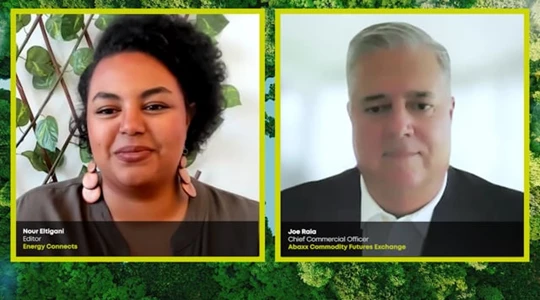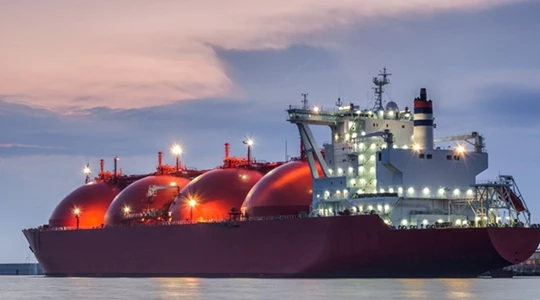EU Prepares to Import More LNG With Boost in Capacity Next Year
(Bloomberg) -- The European Union plans to expand its capacity to receive liquefied natural gas by almost a third by next year as it presses ahead with replacing pipeline supplies from Russia.
The bloc will increase the number of LNG import terminals to 35 from 27, Maros Sefcovic, a vice president at the European Commission, said on Twitter after a meeting with global gas suppliers.
The EU has almost completely weaned itself off pipeline gas from Russia — previously the bloc’s top supplier — just over a year after the Kremlin’s invasion of Ukraine led to a historic energy crisis. LNG, from the US in particular, has been the main source of alternative supplies for Europe, which has also curbed energy demand.
Floating import terminals known as FSRUs have been a fast-track solution to add new capacity within months, including in the Netherlands, Germany and Finland. Additional capacity — even if not fully utilized — offers suppliers an opportunity to bring in more LNG and avoid bottlenecks the region encountered last year.
By next year, the EU plans to raise its regasification capacity to 227 billion cubic meters, up from 178 billion cubic meters now.
“One of the most notable changes concerns the EU gas infrastructure,” Kadri Simson, the commission’s energy chief, said at a press conference in Brussels. “In less than one year, we have greatly expanded the portfolio of 23 LNG regasification terminals. We have eight new FSRU or LNG terminals opened or under development.”
More stories like this are available on bloomberg.com
©2023 Bloomberg L.P.
KEEPING THE ENERGY INDUSTRY CONNECTED
Subscribe to our newsletter and get the best of Energy Connects directly to your inbox each week.
By subscribing, you agree to the processing of your personal data by dmg events as described in the Privacy Policy.
More gas & LNG news

Slovakia Plans Talks on Gas Transit Via Ukraine Starting Next Week

Tesla-Supplier Closure Shows Rising Fallout of Mozambique Unrest

UAE Names Former BP CEO Looney to New Investment Unit Board

Oman Will Seek Talks With BP, Shell to Secure Latest LNG Project

GE Vernova Sees ‘Humble’ Wind Orders as Data Centers Favor Gas

China’s Oil Demand May Peak Early on Rapid Transport Shift

Qatar Minister Calls Out EU for ESG Overreach, Compliance Costs

Chevron Slows Permian Growth in Hurdle to Trump Oil Plan

After $2.5 Billion IPO Haul, Oman’s OQ Looks at More Share Sales
















